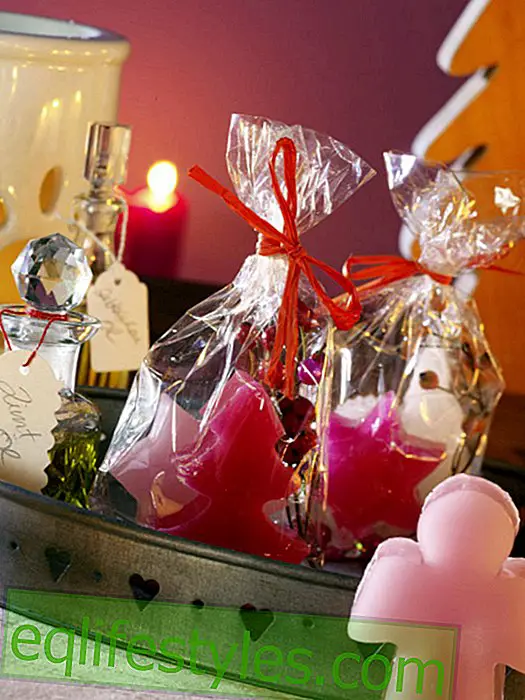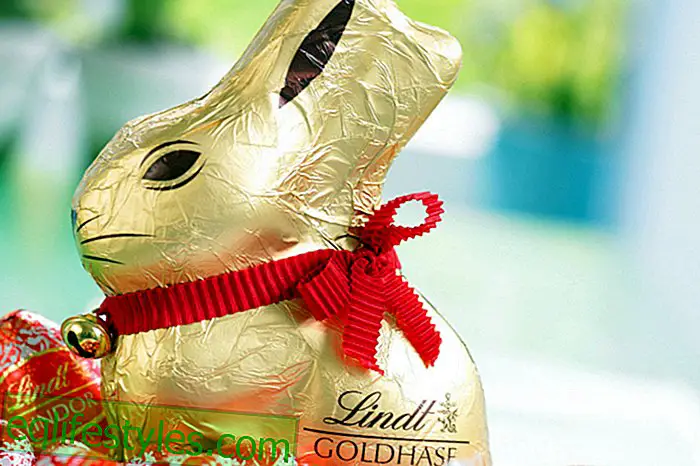Glass has been around for millennia, yet it always surprises. The versatile material is important for technology and medicine, even cosmetics.

But above all: for architecture and our everyday life.
Let's take a look deep into the glass, preferably in a crystal ball, the traditional prop for a look into the future: It shows that the potential of the brilliant material is far from exhausted and glass can still conjure up all sorts of things. Soon we will tighten our lips, apply it as powder, rouge, eye shadow and nail polish and knead glassy balm into the hair. Hoax? Not at all. Scientists confirm that glass ground to the finest powder will form the skin-friendly basis for many cosmetic products. It consists mainly of silicon, calcium, sodium and phosphorus - elements that also occur in the human organism and have an antibacterial effect. Incidentally, glass is already getting under our skin: orthodontists use powdered glass as a substitute for bone. "I have always thought that there are more important things than gold, glass, for example, I find more useful, " wrote the writer Theodor Fontane and probably thought of tableware, pocket watch and light bulb. Today, researchers use giant telescope mirrors to observe space, and even in miniature glass opens up new worlds for us: in the form of tiny crystals in nano format.
Glass facades can defy earthquakes
Even the second tallest building in the world, the 508-meter Taipei Financial Center, is clad with 120, 000 square meters of glass - from Germany. The supposedly fragile façade defies the approximately 200 earthquakes per year as well as the typhoons, which often sweep across the Taiwanese capital. Glass has many faces and is in every respect a material of superlatives. Antique pieces such as French champagne flutes or Bohemian crystal chandeliers are sought-after and many a collector a small fortune worth. The most expensive saxophone in the world is made of glass and should cost around 40, 000 euros. And even uncorked wine bottles and discarded jam jars sometimes become sought-after design objects: Hamburg-based glass artist Sybille Homann, for instance, transforms ordinary glass into imaginative wardrobes, lights and carafes.
Lightning created the first quartz glass
The first glass delivered nature: volcanic eruptions left after the lava had cooled, the Obsidian rock glass. Even meteorite impacts melted rocks and turned it into glass bodies. Thunderstorms were also among the early glass producers: Lightning hit sand-rich earth, quartz glass formed. The people of the Neolithic made of this natural glass arrow and spearheads. The first glassmakers lived in the Egyptian-Syrian region, around 1600 BC. Chr. Thick-walled hollow vessels formed. With the invention of the glassmaker's pipe, a few centuries later, much more filigree products arrive. The glassblowers experimented with wooden injection molds and were soon able to produce flat glass in the form of slugs. From the year 640 BC There is a recipe for the production of window glass - the ancient Romans settled in with it. The larger the Roman Empire became, the more glass art and commerce spread; and also in the Roman areas of Europe the first glassworks were founded. More than 2600 years old is the oldest known recipe for serving the glass melt. A clay tablet from the library of the Assyrian king Ashurbanipal explains how to do it: "Take 60 pieces of sand, 180 pieces of ash (sodium carbonate) and 5 pieces of chalk (magnesium carbonate), heat the whole and you will get glass".
With breath, glass is still made today
In principle, the glassmakers stick to this until today. However, over time they refined the recipe in different ways and each one kept his secret. The first step is to weigh the raw materials quartz sand, soda (sodium carbonate) and lime (calcium carbonate). Depending on the type of glass, the mixture is mixed individually, the mixture is placed in clay vats and melted in the oven at 1200 to 1400 degrees Celsius. Out of breath, the glassblower still needs the pipe, a pipe with a mouthpiece up to 1.60 meters long. He removes viscous glass, the melt, from the oven. Form the mass by blowing through the pipe and turning it in a wooden mold at the same time. With metal plates, he squeezes them when designing flat shapes. With the pliers he pulls glass in the length, pushes in ornaments. The scissors cut glass parts and cut the objects off the whistle to cool them down. This is how many glass artists work today. Essentially, however, glass production has long been mechanized: more than 100 years ago, the first fully automatic hollow glass machine was launched, producing nine bottles per minute. The phenomenon that the actually "dirty" ingredients quartz sand, soda and lime give a transparent material after cooling the mass inspires people to this day. But glass only becomes crystal clear if the sand used does not contain any metal. The ancient Egyptians already knew that; they colored glass by adding copper or manganese. Modern glassmakers achieve an almost infinite variety of colors. They contribute metal oxides to silver and gold. For example, cobalt sounds blue, copper emerald green, iron turns green, chrome yellow. Gold in combination with copper turns red, manganese violet.
Lead crystal convinces with its shine and beautiful sound. During production, calcium oxide is replaced by lead oxide. Polished tumblers, carafes or gemstone imitations are still made manually in the Bohemian Forest today.
Jenaer Glas (borosilicate glass ) is an extremely heat-resistant "domestic help": It can withstand abrupt temperature changes between cold and hot water without bursting.
Crystal glass refers to high quality, colorless glass; his name is derived from rock crystal. Today, simple and lead-free crystal glass of beautiful brilliance is created by partially replacing sodium oxide with potassium oxide.
Lithyalinglas is a very rare stone glass that resembles gemstones.
Millefioriglas are known, for example, in the form of paper weights: colored glass threads are fused together, then melted down as a bundle into a colorless glass mass.
Murano glass has been made since 1291, when the famous glassworks of Venice were moved due to fire on the island of Murano. Venetian glass art, then influenced by oriental manufacturing techniques, was and is considered to be extremely high quality.
Milk glass appears cloudy white; Because made with bone meal, it is also called leg glass. Frosted glass was particularly in vogue from 1750 to 1800 because it was like porcelain.
Normal glass (soda-lime glass) is the most important type of glass. Drinking glasses, bottles, food packaging and flat glass for mirrors and windows are made of it.
Opal glass shimmers like opal, is semi-transparent with bone meal or deer horn, is suitable for lampshades.
Pressed glass was invented around 1825 and was affordable compared to hand-blown glass. The glass mass is pressed with stamps into a mold.
Forest glass owes its greenish color to the iron oxide. For fear of fire, glass production in the 15th century was moved from the cities to where the enormous amounts of wood for firing and ash extraction grew: new glassworks were created in the forests.
1. Crystal glass, noble and finely ground, you should necessarily rinse by hand! Heat and detergent dissolve potassium out of the surface and cause the dreaded corrosion that makes the glass look milky and cloudy.
2. Glasses made of lead crystal glass do not bother a machine rinse, but they also tend to corrode - especially if they are ground. Also clean lead crystal glass by hand.
3. Pressed glass is considered simple, but is usually stable enough for the washing program, because its surface is hardened during the pressing process.
4. Modern high-quality glass contains special additives and is specially hardened - thus also dishwasher-proof and break-proof.
5. Many machines are equipped with a glass cleaning program that gently rinses with a maximum of 55 degrees hot water.
6. If you dry wine and champagne glasses, you should not wrestle the cloth, so in the opposite direction rub around the goblet and foot, otherwise glass breaks easily.
7. How blind glass becomes clear again? These microscopically fine deposits can be removed with a bit of ammoniacal spirit: put on a damp cloth and gently rub off the dull glasses. The surface disappears, the glass surface shines like new. You can also use ammonia or citric acid powder instead of the usual detergent in the machine to rinse the glasses again. Sometimes only several rinses lead to success.









